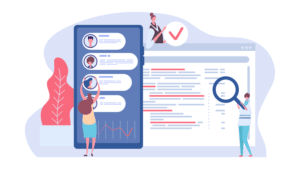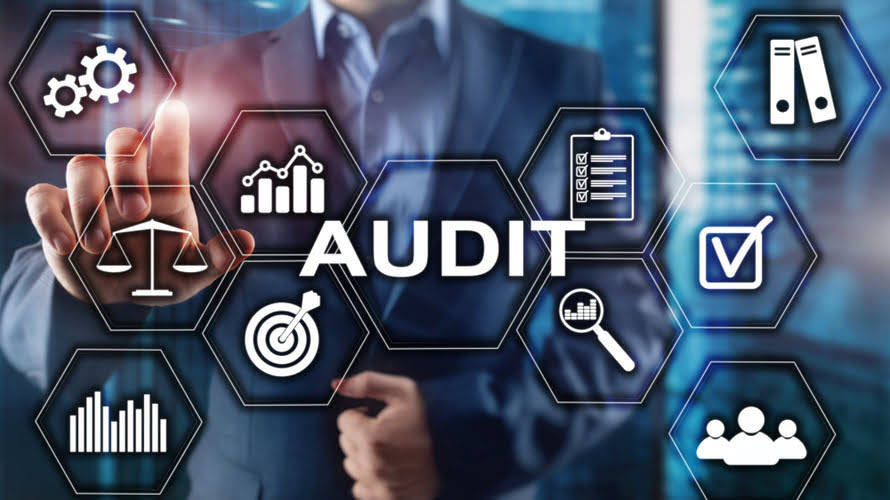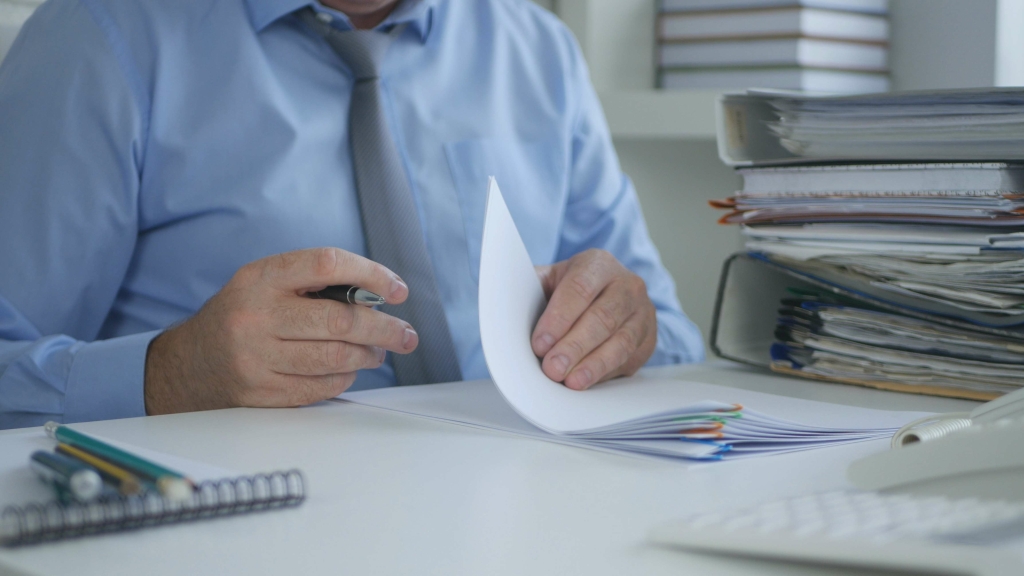Balance sheet basics Leave a comment

This exercise gives us a rough but useful approximation of a balance sheet amount for the whole year 2024, which is what the income statement number, such as net income, represents. This financial statement lists everything a company owns and all of its debt. A company will be able to quickly assess whether it has borrowed too much money, whether the assets it owns are not liquid enough, or whether it has enough cash on hand to meet current demands. If a company takes out a five-year, $4,000 loan from a bank, its assets (specifically, the cash account) will increase by $4,000. Its liabilities (specifically, the long-term debt account) will also increase by $4,000, balancing the two sides of the equation.
Business
A common characteristic of such assets is that they continue providing benefit for a long period of time bookkeeping – usually more than one year. Examples of such assets include long-term investments, equipment, plant and machinery, land and buildings, and intangible assets. A balance sheet is a comprehensive financial statement that gives a snapshot of a company’s financial standing at a particular moment. A balance sheet covers a company’s assets as defined by its liabilities and shareholder equity. In short, the balance sheet is a financial statement that provides a snapshot of what a company owns and owes, as well as the amount invested by shareholders. Balance sheets can be used with other important financial statements to conduct fundamental analysis or calculate financial ratios.
Balance Sheet: Explanation, Components, and Examples
You’ve also taken $9,000 out of the business to pay yourself and you’ve left some profit in the bank. Get free guides, articles, tools and calculators to help you navigate the financial side of your business with ease. Angela is certified in Xero, QuickBooks, and FreeAgent accounting software.

Stockholders’ Equity
The balance sheet provides an overview of the state of a company’s finances at a moment in time. It cannot give a sense of the trends playing out over a longer period on its own. For this reason, the balance sheet should be compared with those of previous periods. Additionally, a company must usually provide a balance sheet to private investors when planning to secure private equity funding. These operating cycles can include receivables, payables, and inventory. Financial strength ratios can include the working capital and debt-to-equity ratios.

Equity is one of the most common ways to represent the net value of the company. Part of shareholder’s equity is retained earnings, which is a fixed percentage of the shareholder’s equity that has to be paid as dividends. Liabilities are obligations to parties other than owners of the business.
Balance sheet heading when a corporation owns multiple corporations
- The book value of an asset is the amount of cost in its asset account less the accumulated depreciation applicable to the asset.
- The report is used by business owners, investors, creditors and shareholders.
- It lets you see a snapshot of your business on a given date, typically month or year-end.
- In this article, we’ll explain everything you need to know about a business’s balance sheet.
- 11 Financial may only transact business in those states in which it is registered, or qualifies for an exemption or exclusion from registration requirements.
Thus, it is mostly used by large companies for detailed financial reporting. Current liabilities are a company’s obligations that will come due within one year of the balance sheet’s date and will require the use of a current asset or create another current liability. Current liabilities are sometimes known as short-term liabilities. However, some accounting rules do require some recorded costs to be reduced through a contra asset account. It is also possible that the reported amount of these and other long-term assets will be reduced when their book values (cost minus accumulated depreciation) have been impaired. US GAAP includes basic underlying accounting principles, assumptions, and detailed accounting standards of the Financial Accounting Standards Board (FASB).

The balance sheet is prepared by either a business owner, bookkeeper or accountant. If Companies House requires it, an accountant is the best person to prepare and submit the accounts, as they will know the generally accepted accounting principles. A balance sheet can be used to calculate several financial ratios. If you want to see more examples of balance sheets, look Bookkeeping for Veterinarians at the Companies House website. All Limited companies must submit a Balance Sheet each year, which is available to view. For larger companies, they may even have the report on their website.
- Balance sheets are not only relevant to businesses but also to individuals managing their personal finances.
- The sum of the shareholders’ equity and liabilities always equals the total assets.
- A liability is the opposite of an asset; it’s what is owed as opposed to owned.
- The balance sheet is used to assess the financial health of a company.
- Current assets consist of resources that will be used in the current year, while long-term assets are resources lasting longer than one year.
Long-Term Liabilities
The current asset that represents balance sheet basics the amount of interest revenue that was reported as earned, but has not yet been received. The standards, rules, guidelines, and industry-specific requirements for financial reporting. To learn more about the components of stockholders’ equity by visiting our Stockholders’ Equity Explanation.

The residual interest in company assets after deducting total liabilities, represents the business’ net worth. Based on different industries, balance sheets also differ from each other. Mainly, it varies because financial reporting can vary according to the operations, risks, and regulations. For example, banks, insurance, and manufacturing firms all have unique financial reporting forms. Banks often prefer balance sheets rich in details about assets and liabilities. High liquid assets mean your company can meet short-term debts flexibly.


